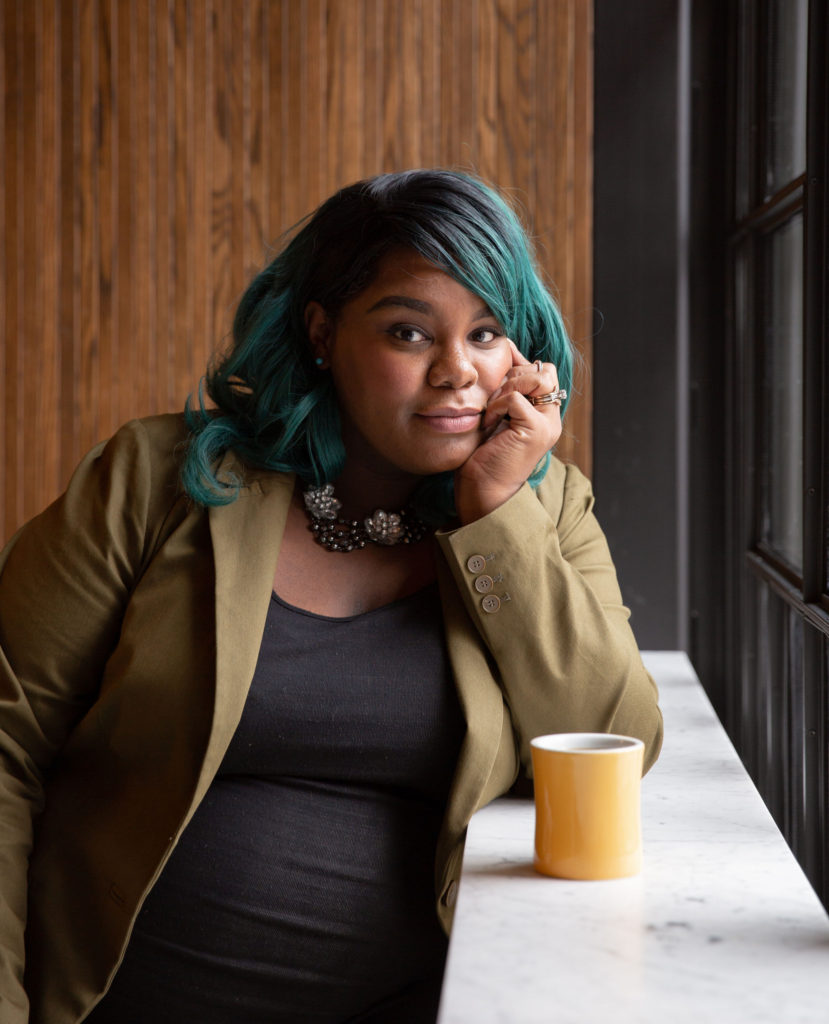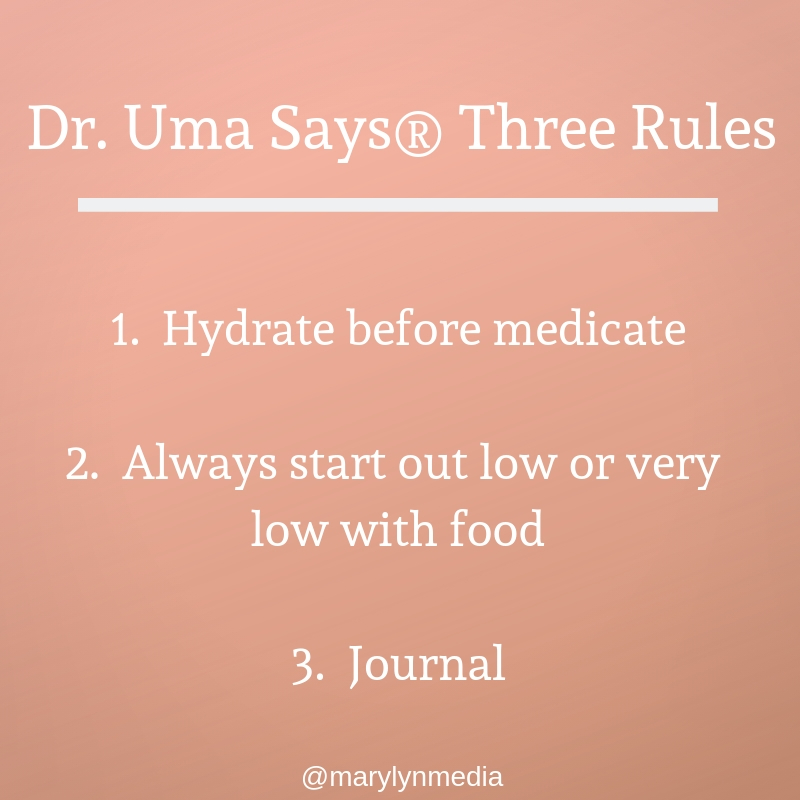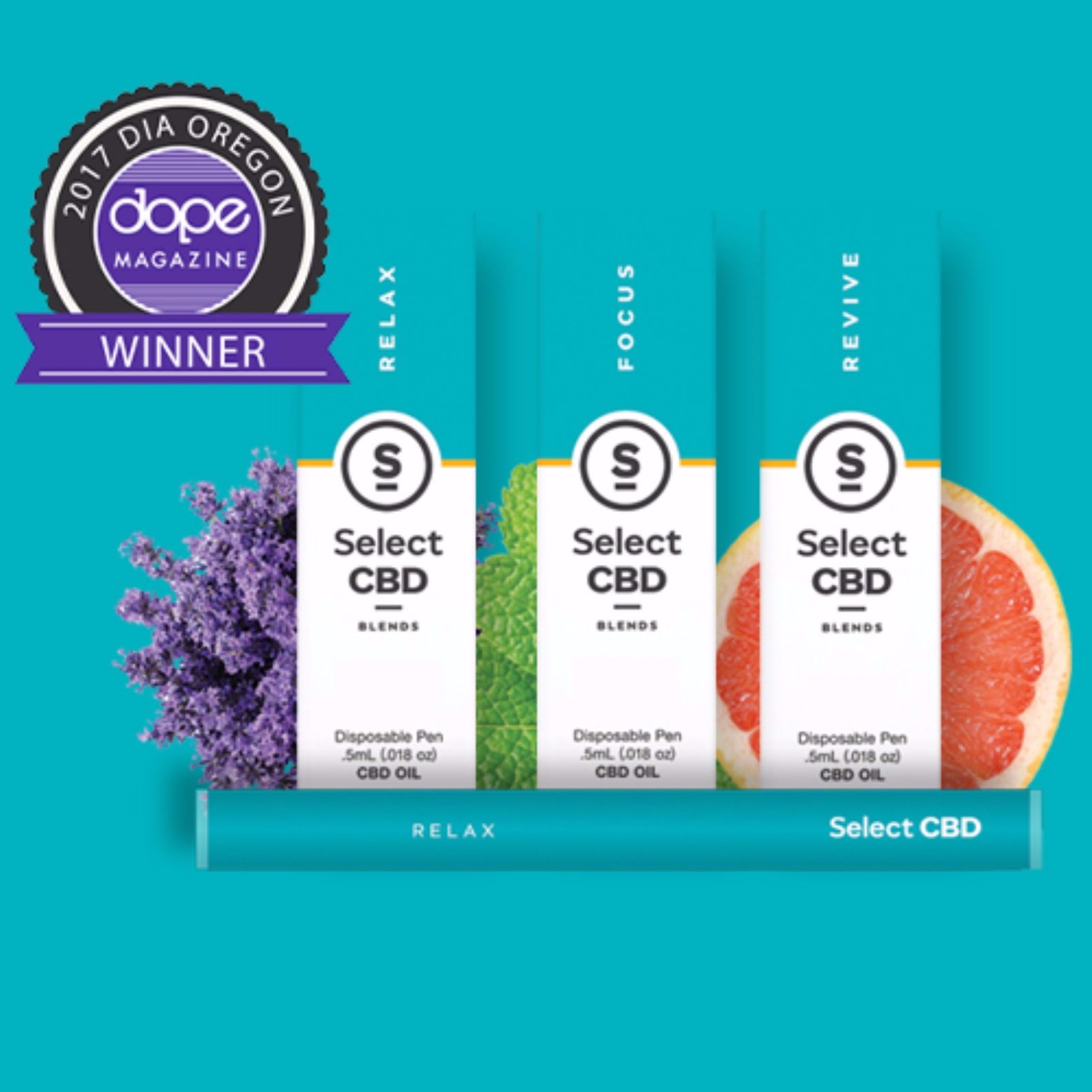Cannabis and Reproductive Health: A Long Road But It’s Looking Up
Share
The use of cannabis as a treatment for women’s reproductive health has a long history. The Ebers Papyrus (approximately 1550 BCE) details the use of cannabis for gynecology. Also, Queen Victoria was well known to take a prescribed cannabis tincture to help ease her menstrual cramps.
For Cannabis Chef Megon Dee-Cave, using cannabis during pregnancy is not a foreign concept to her. With her first child she consumed cannabis recreationally without medicinal intent. “My first trimester nausea symptoms were minimal and I had to suffer through my hormone induced migraines because of my occupation at the time.” However, for her second pregnancy, she wanted to cure her pregnancy related symptoms because other suggested methods just did not work for her. “I found that a CBD tincture helped my migraines subside in a matter of 15 mins. I went from tears of pain to clarity and being able to function enough to make dinner for my family. The goal was to enjoy my pregnancy and not be miserable throughout the experience.”

Prior to her second pregnancy, she did some research. “I wanted to see what had been updated since having a ‘canna-child’ 7 years prior. I found a lot of misleading information that didn’t match my experiences, but in all fairness no two experiences are the exact same.” What she discovered felt more like a scare tactic as opposed to honest experiences, partly due to mothers fears of disclosing their truths about cannabis use even in a confidential setting. “My main concern was what happens when my midwife finds a failed toxicology report from my urine samples and how I could risk having child protective services infringing on what is supposed to be a happy and joyous time in my life.” When she conveyed this concern to her midwife, she was told that nothing would happen, which is not the case for all birthing facilities due to variations in rules and regulations.
During this pregnancy she experienced nausea, migraines, insomnia, mood-swings, and cramping. She treated these symptoms with cannabis using these methods: CBD vaping, CBD/THC pre-rolled joints, CBD/THC salves, CBD/THC glycerin tincture, CBD products from Oracle Infused Wellness Co., Select, OLEO, and Luminous Botanicals. She consumed these products sublingually, through inhalation, or by topical application.
She chose to have an at home water-birth while incorporating CBD into the birthing process which she felt lowered her chances of interference from facing scrutiny by Child Protective Services. She worked with filmmakers to document the birth of her second child who arrived on January 15, 2019. In a particular, she wanted to document the incorporation of Oracle Infused Wellness Co. CBD oil into her child laboring process as a pain reliever in place of the controversial epidural.
Update: Megon did not get as much usable footage of the birth as she needed for the documentary and is currently seeking a mom-to-be that is willing to integrate CBD into her birthing process and fully document it. Contact us if you or someone you know is interested in participating.
Treating Women’s Health Issues with Cannabis
In her practice, Dr. Uma Dhanabalan, MD, MPH, FAAFP, MRO, CMS (Total Health Care THC) treats women ages 18 and above with varying reproductive health issues. As a Certified Cannabinoid Medicine Specialist (CMS) through the American Academy of Cannabinoid Medicine, she finds cannabis helps women throughout their lives starting with menstruation, getting pregnant, the loss of a pregnancy, being raped, dealing with infertility, undergoing a hysterectomy, surviving breast cancer, and going through menopause.

On her blog, Marissa Fratoni, Holistic RN, yoga teacher, wellness coach, writer, documents how her experience as a cannabis patient led her to help others as a cannabis nurse. Fratoni has observed that cannabis therapy is very personalized, and the therapeutic range of cannabis is massive. “What works well for one person may not work well for the next. When a patient comes to me seeking guidance in regards to cannabinoid therapeutics, I first teach them that enjoying relief from symptoms will require a bit of self-exploration. Topical applications are a great place to start, especially if a patient is cannabis naive, or has reservations about the intoxicating effects of THC specifically.”
If they are curious about the effects of cannabinoids and open to consuming it, Fratoni notes how inhalation provides the most feedback in a short period of time, as well as being the easiest consumption method to control. “One or two inhales will have an effect in a few minutes, peak will happen within an hour, and the whole experience is usually over within 6 hours depending on a patient’s metabolism. However, not everyone wants to vaporize cannabis, and I strive to steer people away from smoking.”
She then states how the next step is to explore with tinctures that can be consumed sublingually, or edibles and medibles that can be consumed by ingestion. “Patients may need to wait for upwards of 2 hours for these products to take effect, these products may peak anywhere from 6 to 8 hours later, and the whole experience may be over somewhere around twelve hours. It is important to understand that these are estimates and because cannabis therapy is very subjective, one person may experience effects for a shorter time than indicated while another has a much longer experience. The time commitment to explore tends to be longer with this consumption method.”
Regardless of product chosen, Fratoni has her patients track symptoms and effects in a journal, and encourages them to use one product at a time to really gain an understanding of which products are effective, and which are not. Her patients are very familiar with the concept start low and go slow which she noted in this Medium post. With time, patience, and a little persistence, patients will become comfortable in determining which products work best and may even learn how to combine application and consumption methods to maximize desired effects from cannabis therapy.
Challenges Researching Cannabis and Women’s Health
Medical research in regards to cannabis benefits can be very challenging to find, especially in the United States due to cannabis’ classification as a Schedule 1 drug. Also, women’s health research in general tends to lag behind when compared to research on male centric issues. For example, we’re finally starting to see sexual dysfunction and menopause medications for women really hit the market while Viagra and many other brands have been readily available to men for ages.
In one promising development, Harvard Medical School professor Staci Gruber is conducting a survey of 400 women who will use a cannabinoid suppository created by the cannabis company Foria to relieve their menstrual symptoms. Here’s a list of what Professor Gruber looks to uncover with this study:
– Demonstrating the benefits of localized, all-natural cannabinoid therapies.
– Providing women and their doctors a valuable set of data on efficacy and safety of this increasingly popular natural product.
– Raising awareness of the room for innovation in treating women’s unique health challenges.
– Paving the way for further studies nationwide, and more specific studies on dosage and CBD-only suppositories.– Informing and inspiring the cannabis industry to continue innovating new and improved remedies for women and men everywhere.
Yes, please!
There’s still tons of research to be done on cannabis, pregnancy and reproductive health. With legalization in many states the opportunity for research is skyrocketing. We’re excited to finally be on the path to huge discoveries in women’s health and cannabis treatments.














